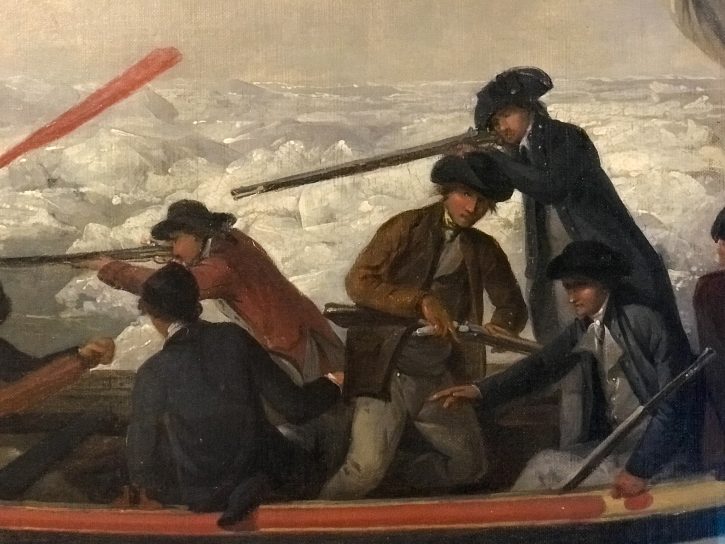Captain James Cook, warmonger, colonialist, kidnapper and wildlife criminal
I’ve been suspicious about the truth of what I’m taught ever since I was a child. At primary school I learned all about Christopher Columbus and was so fascinated by his adventures I strayed into the adult section of the library to research him, after realising there was nothing in the children’s section. I used the massive index system to find the appropriate section and went looking for the right numbers on spines. I pulled down a huge book and began reading. I was shocked. Christopher Columbus wasn’t even British. He was born in a place I didn’t know how to pronounce. Genoa? How should I say that? He was an Italian with a Portuguese wife and was sent by the Spanish. And his name wasn’t even Christopher Columbus, it was Cristoforo Colombo. And he didn’t discover anything, because the people who already lived there had already discovered it.
His ‘discovery’ of America led to millions of deaths from wars, slavery and disease. Smallpox, typhoid and measles became endemic. It’s one of the worst disasters in the history of humanity.
When I spotted this painting at the National Maritime Museum in London I was similarly suspicious:

It’s a painting by John Webber from 1784, made after Captain James Cook’s third voyage. That’s Captain Cook who ‘discovered’ Australia, right? Hold on, ‘shooting Sea-Horses’? They’re Walruses.

They are particularly well painted. He’s captured their pose perfectly. He’s best known for his landscapes, which seems reasonable as his people are far less lifelike. You could even say wooden. This painting was exhibited at the Royal Academy.

John Webber accompanied James Cook, who is still referred to as a ‘British explorer, navigator, cartographer, and captain in the British Royal Navy’. Cook sailed the Pacific for the Arctic trying to find a sea-passage across the Earth, the famous north-west passage, which would allow trade with Asia by travelling west rather than east.
He stopped off at Hawaii to trade, get fresh water, repair a mast and explore some more. It’s said that a stomach complaint may have become the cause of his increasingly irrational behaviour. He accused the local Hawaiians of theft, and their uneasy and fragile relationship of trust broke down. This quote from John Ledyard says it all:
Our return to this bay was as disagreeable to us as it was to the inhabitants, for we were reciprocally tired of each other. They had been oppressed and were weary of our prostituted alliance…It was also equally evident from the looks of the natives as well as every other appearance that our friendship was now at an end, and that we had nothing to do but to hasten our departure to some different island where our vices were not known, and where our intrinsic virtues might gain us another short space of being wondered at.
I love the idea of a contemporary account saying the British had “to hasten our departure to some different island where our vices were not known”. It’s easy to understand why the British Empire failed eventually. The British ran out of islands where their vices were not known.
James Cook died during his attempted kidnapping of Chief Kalaniʻōpuʻu, ruler of Hawaii. He was stabbed in the chest with a metal knife traded from his own ship.
A young William Bligh, the future captain of HMS Bounty, later claimed to have been watching with a spyglass from Resolution as Cook’s body was dragged up the hill to the town by the Native Hawaiians, where it was ‘torn to pieces by them’. They were probably just carrying out the funeral rights due to a high-status individual, which involved disembowelling and eventually recovering the bones. They gifted the bones back to his ship.
Perspective. It’s difficult to have.